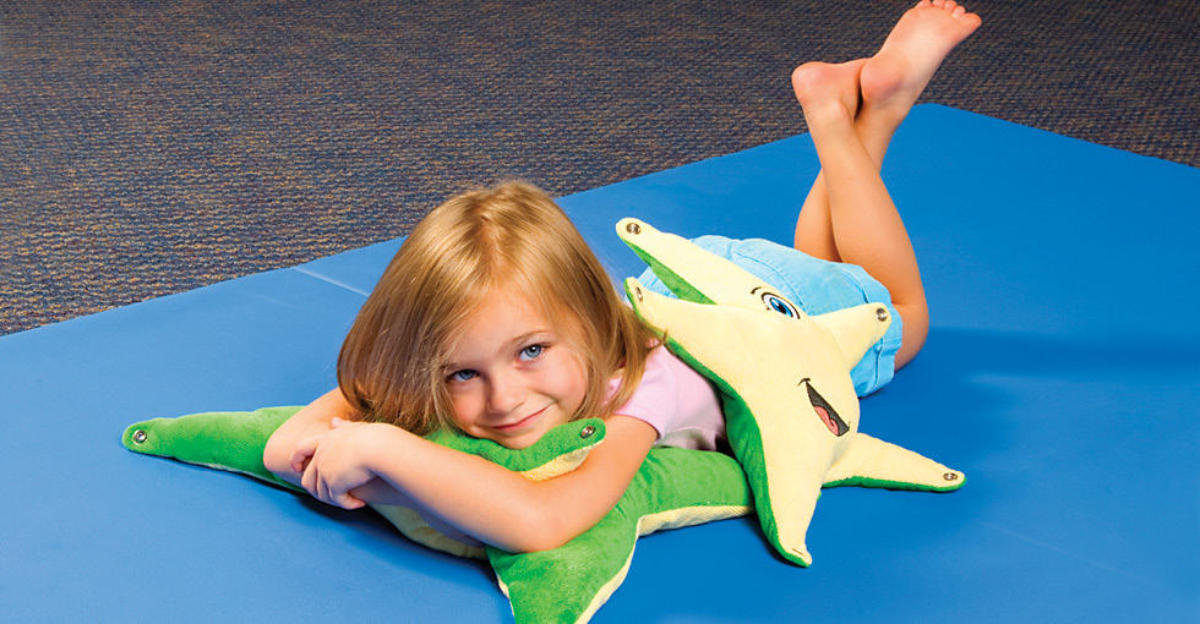Hot, cold, bumpy, soft, hard, shaky? A good touch can be texture to our fingers like music is to our ears and it is at the foundation of our learning experiences. Young to senior, our fingers and our entire touch system aids us in the learning process. Our sense of touch helps us to process and understand our environment. Whether something is hard, soft, bumpy, wet, cold or hot is all perceived through touch. What’s truly amazing is that through touch we can also filter out unnecessary sensory information such as noise, bright lights and over stimulation. Our skin has thousands of touch receptors that when activated properly can create a calm that is like no other.
Touch. Touch can be used to calm or to awaken. In general a soft touch such as a stuffed animal or soft blanket, will sooth and a more bumpy touch may alert and awaken. Providing different textures can also help children understand materials and their environment. You can use texture and touch to engage your children toward your curriculum and lesson plans by providing materials, tools and props that have texture and work to engage their learning experience. For example, you may use putty or sand to do some tactile exploration and waken the hands before a writing exercise. Or you may do an art project that will connect with your lessons but offer a variety of textures.
Pressure. It is the next line of defense when it comes to calming. You can select from pressure clothing, pressure toys and pressure tools. Pressure is like a big squishy hug to the body but can be applied where needed. Pressure exerts more input deep into the muscle belly to provide appropriate yet effective input to the brain. Pressure materials generally have a 4-way stretch though not always. Pressure can also be applied through varies forms of exercise and using resistance bands to do some heavy work. You may use pressure during a sensory classroom break or before testing or classwork to awaken and engage the body with the brain.
Vibration. At its deepest and most intense form, touch shows up as vibration and may be often called vibrotactile for its deep touch effects. Vibration is like touch on high speed. For children who are more intensely stressed, withdrawn or distracted, vibration can be used to calm and to alert. Whereas it can calm a child with too much intensity, it can alert a child who is disengaged. Vibration is an awesome tool to have in your classroom and its effects may be just outstanding. You can use a vibrating pillow for seating or a vibrating toy for hugging or squeezing. Vibration can also be a part of a sensory room or sensory area.
Using touch, pressure and vibration can enhance your multisensory environment but even more so your multi-sensory classroom. Allow your children to explore these different touch tools and help them to learn their own unique preferences. The results can be life changing.
Visit our website for more ideas!






Leave a Reply